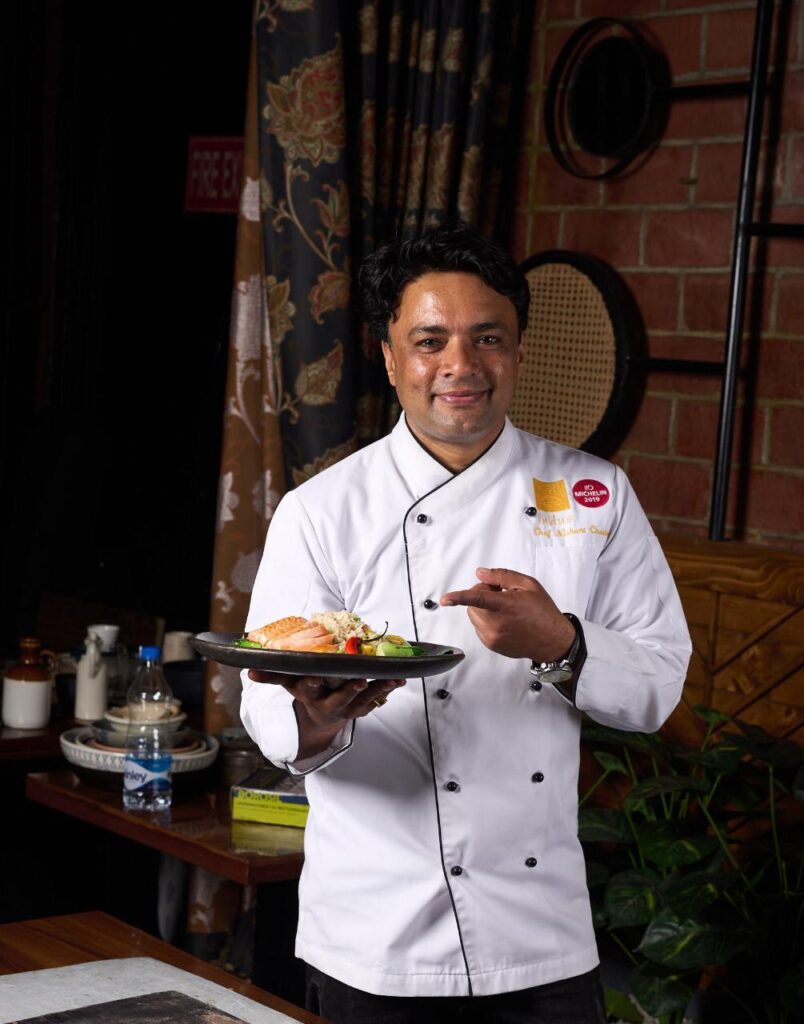Now Reading: Amuse-Bouche to Mignardise: The Humble Aloo’s Journey Across Cuisines and Cultures
-
01
Amuse-Bouche to Mignardise: The Humble Aloo’s Journey Across Cuisines and Cultures
Amuse-Bouche to Mignardise: The Humble Aloo’s Journey Across Cuisines and Cultures

From spicy street-side chaats to delicate fine-dining creations, the humble potato—fondly known as aloo—has earned a place on every plate. Whether served as an amuse-bouche or a sweet mignardise, this everyday ingredient proves that versatility often lies in simplicity. Across India, especially in Tier 2 cities where local flavours meet global trends, aloo continues to inspire creativity in both home kitchens and professional menus.
The Ubiquitous Aloo: Rooted in Every Household
For most Indian homes, aloo is not just a vegetable—it’s a staple. It pairs well with nearly every spice, flour, or grain, making it a go-to option for daily meals.
In places like Kanpur, Bhopal, and Guwahati, where family meals remain central to culture, aloo-based dishes like jeera aloo, aloo tamatar sabzi, and samosas still dominate lunchboxes and dining tables alike.
Its adaptability to local tastes—from spicy to mildly sweet—makes it a consistent favourite across regional cuisines.
Aloo Goes Gourmet
While traditionally rooted in comfort food, aloo is now being reimagined by chefs in metropolitan and Tier 2 cities alike. Many modern eateries use it as a base for amuse-bouche—small, bite-sized starters served before meals in fine dining.
Innovations include aloo foam on crispy papdi, truffle-infused aloo tikki, and even bite-sized aloo cheesecake bites. These adaptations show how a basic vegetable can take centre stage when culinary imagination meets nostalgia.
Even in places like Indore and Lucknow, fusion cafés and upscale restaurants are exploring global presentations of local flavours.
Affordable, Accessible, and Ever-Adored
One reason for aloo’s enduring popularity, especially in Tier 2 towns, is its affordability. Amid rising vegetable prices and shifting supply chains, potatoes remain economically viable.
For small eateries, food vendors, and home cooks, aloo is the safest bet. It stores well, cooks quickly, and satisfies hunger. Whether it’s the bhaji in vada pav or the base in masala dosa, it fills and flavours without pinching the pocket.
This practicality keeps it central to India’s food economy and daily nutrition.
A Cultural and Emotional Connector
Beyond the plate, aloo carries emotional value. For many, it’s the first dish learned in the kitchen, often taught by a parent or grandparent.
Its familiarity offers comfort during festivals, exams, or illnesses. In cities like Patna or Nagpur, where families still gather for weekend lunches, aloo is often the silent hero of the spread—never flashy, always fulfilling.
Its presence cuts across class and cuisine, making it one of India’s few truly democratic ingredients.
Conclusion
From amuse-bouche to mignardise, and street-side to star-rated, the potato’s journey mirrors India’s evolving foodscape—simple, resilient, and endlessly adaptable. As Indian chefs and households continue to experiment, aloo remains a quiet constant, proving that even the most ordinary ingredient can inspire extraordinary dishes. Whether in a spicy chaat in Jaipur or a fusion platter in Surat, the love for aloo is universal—and ever-growing.

























